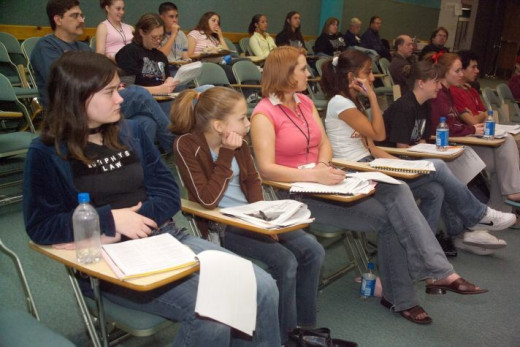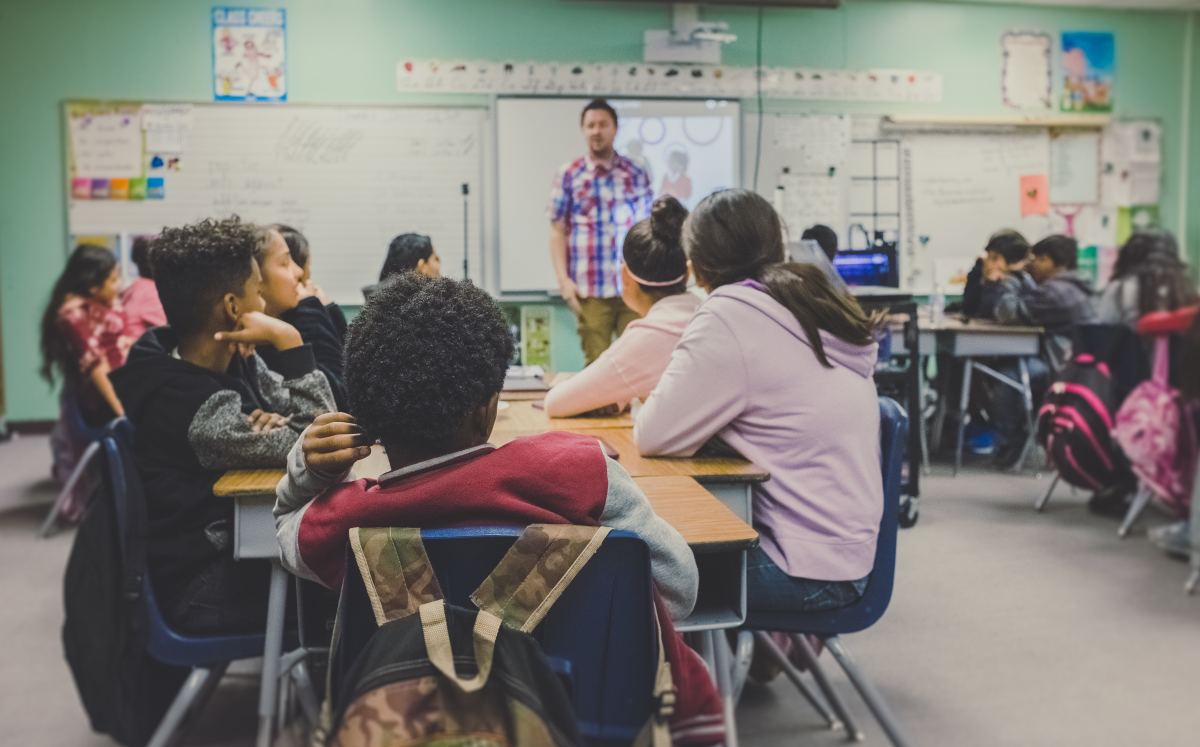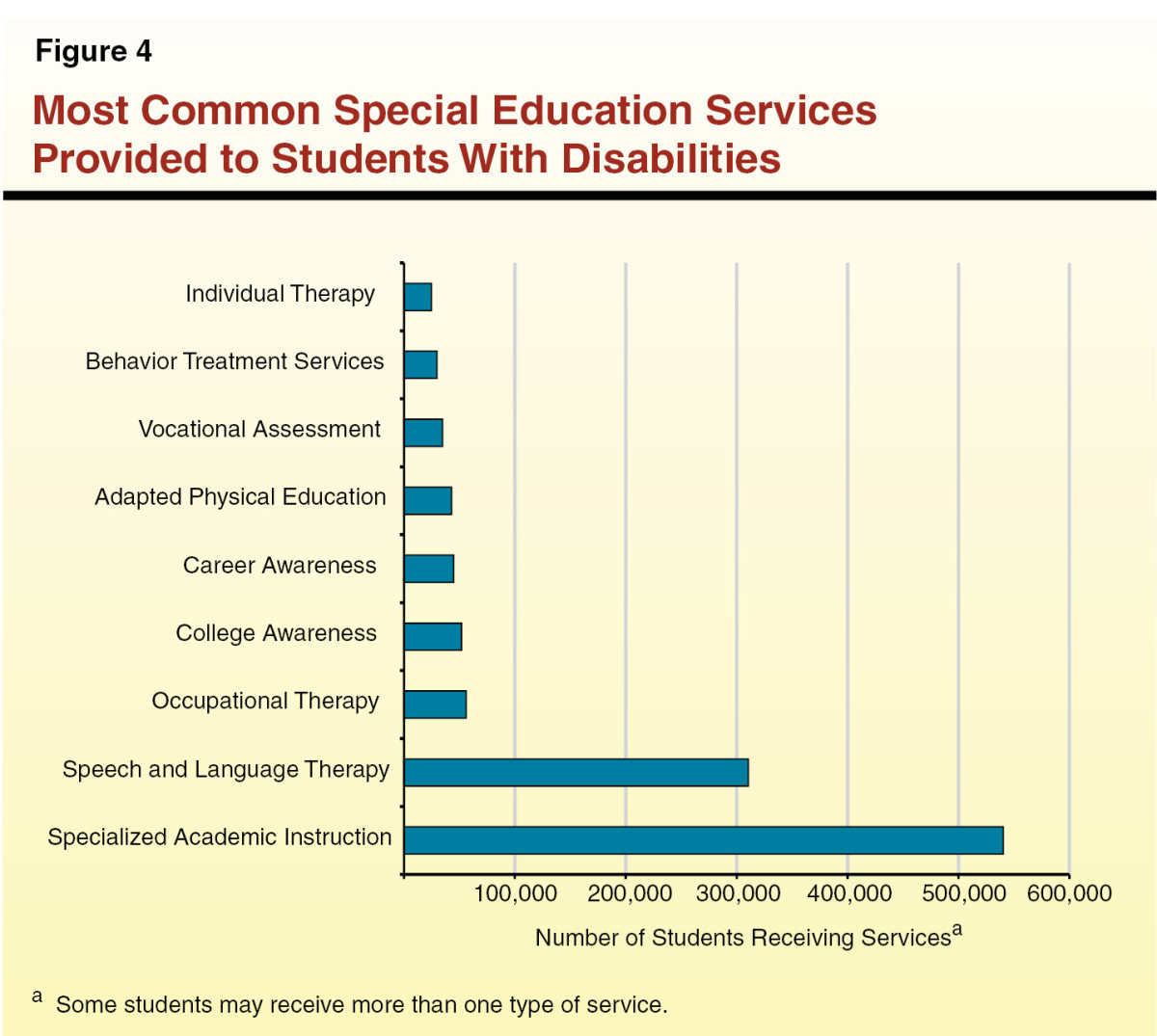School Shootings, Campus Security and Violence at Schools
High School Classroom

Security in Schools
On Monday, February 27th 2012 a student took a loaded weapon to Chardon High School in Chardon, Ohio and started shooting. Chardon now joins a list that no school wants to be a part of, violence on campus.
Chardon has all of the makings of a quiet and beautiful American town. Their population is barely above five thousand and they are about forty miles from the nearest “big” city, Cleveland. Families sometimes prefer to live in smaller community because of the close, family friendly feeling. In a smaller community you have such a higher chance of knowing more people than you do living in a huge city that has millions of residents. You see each other at the grocery store or Little League games and it helps build trust in the community.
Unfortunately this smaller community feel may provide a false reassurance to families that shootings and other violent crimes cannot simply happen because they live in a small city. It is almost like people in a gated community thinking they cannot get burglarized because of the metal gate, crimes can still find there way in.
Violence in Schools
Are our schools still safe for our kids?
Chardon School Shooting
We may never know why seventeen year old T.J Lane took that .22 caliber gun to school that day. We may also never know the circumstances that led to him thinking violence was his only option at dealing with the problems he was dealing with. Perhaps this was another one of those bullied kids who just snapped one day? Maybe he has some kind of mental instability issue that was undiscovered? Again, we may never fully understand why he did this; we certainly will not comprehend the reasoning behind the decision. What bothers me is he has told authorities that he had no specific target, meaning he didn’t have a student or teacher he wanted to hurt. I’m troubled that he didn’t care who he shot, as long as someone got hurt. That kind of general violence is what we need to squash as a society.
Safety Awareness
Security for Schools
As a parent these kinds of stories scare me to no end. Sending our children to school is such a routine thing and they should be safe there, period. Introducing any doubt to our kids’ safety at school has to be a terrible nightmare; I know it is for me. I also struggle with the trauma the other students must now endure. They knew the suspect, knew some of the victims or have to walk past an area that they hid trying to save their own lives from the flying bullets. Our young teenagers shouldn’t have to be exposed to these life or death situations, not at this age.
I wonder how this kind of violence could have been prevented; were their warning signs that other adults missed. Did the suspect appear increasingly agitated or violent in other things? What can we, as parents, do to reduce the chance of this happening again?
Protect Children
I know some things that my wife and I do to help protect our kids and I wanted to share them:
- We know who their friends are and if possible we get to know their parents. If we feel that a friend is showing any warning signs that make me feel uncomfortable we will talk to their parents about it. If the parents do not want to handle the situation we will remove my child from the equation. I would rather have my child mad at me for not letting them hang out with a bad influence than get into trouble or a situation where they could be harmed. If I learn about any violent threats I will the necessary parties. Jokes about shooting a classmate or a teacher cannot be ignored anymore or dismissed as just being a bad joke.
- We will stay informed as to what my child is saying on Facebook or texting to their friends. Sometimes our young adults do not understand the severity of saying something inappropriate. It is our jobs as parents to do the sleuthing and figure it out. Luckily my kids do not have a Facebook or a cell phone so we don’t have to do this, yet but we will take the appropriate steps when that day comes.
- We are not afraid to talk to them about what they are emailing to and from their friends. If they want to have access to the computer they will allow me to see what they are sending and receiving. It is not an invasion of privacy to see these emails; we are not required by law to give them internet access. If they refuse to cooperate then the computer will get a mysterious virus and stop working.
- We are involved with their extra curricular activities. If they play a sport go to the games or stay for practice once in a while. You can sometimes learn things by just being around your child and their friends.
- We talk to them, sounds simple enough right? With everything being geared towards instant messaging or Twitter lengths of 140 characters sometimes details can be omitted. Talking is still a valued version to communicate so we use it.
I’m sure there are many more and I welcome any additions to my list. I hope, and pray, that my kids never personally have to experience what those poor students did in Chardon or Columbine or even Virginia Tech. I feel so bad for the families of the three students who died before their lives could reach their full potential and I hope the families can move on from this senseless tragedy.




